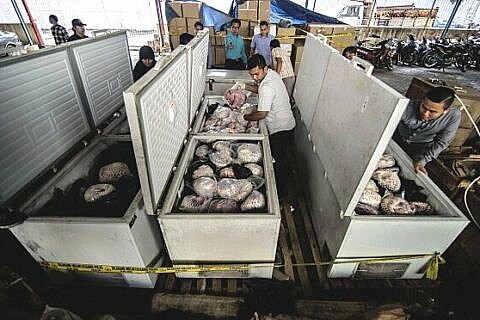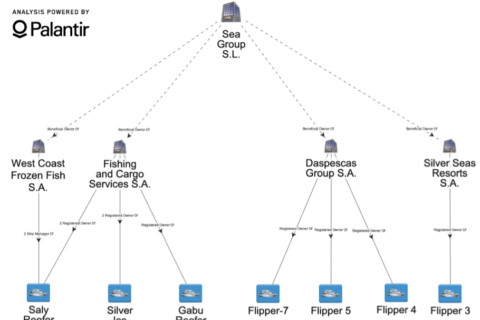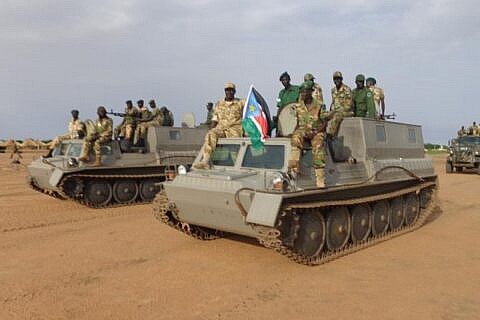Sticks and Stones
Examining online hate speech in Myanmar to better understand the landscape of anti-Muslim hate speech and hate speech propagators.
Executive Summary
Conditions for Muslims have steadily declined in Myanmar, with the Rohingya Muslims of Rakhine State facing the gravest threat. In 2012, the country was rocked by the worst sectarian violence in over 50 years, resulting in over 200 killed and 140,000 displaced, most of them being the Rohingya. A 2015 study by the United States Holocaust Museum counted 19 early warning signs of genocide in Myanmar since the start of sectarian violence. Another study by the International State Crime Initiative concluded that the Rohingyas had already passed the first four stages of genocide, including dehumanization and segregation and are now on the verge of mass annihilation. Anti-Muslim sentiment has grown so widespread that even Nobel Peace Prize laureate Aung San Suu Kyi’s National League for Democracy (NLD) party declined to field a single Muslim among their 1,100 candidates for the November 2015 elections.
A campaign of hate speech that actively dehumanizes Muslims plays a key role in sustaining violence across Myanmar. This is not limited to the Rohingya, and in fact, anti-Muslim sentiment has evolved to the point that a range of anti-Muslim prejudices have now normalized in mainstream Burmese discourse. A tense inter-faith atmosphere has resulted in Muslim grievances finding an unreceptive ear even among many liberal and pro-democracy activists, and small triggers rapidly escalating into mob violence. The most recent such eruption was in Mandalay, Myanmar’s second-largest city, in July 2014, where a mob destroyed several Muslim businesses, and resulted in the deaths of two people.
Against this backdrop, a network of ultra-nationalist monks organized as the “Ma Ba Tha” (the Organization for the Protection of Race and Religion) has grown rapidly. The Ma Ba Tha has been formally active since only 2014 when it was established, but it has already grown into one of Myanmar’s most powerful socio-political forces. In 2015, it achieved huge success. Most notable was the passage of all four ‘Protection of Race and Religion Laws’ that the Ma Ba Tha had drafted and lobbied for. Collectively, the laws actively target and discriminate against key tenets of Burmese Muslim society, and significantly infringe on their religious and social freedoms. These legislative actions are backed by a sophisticated mass messaging campaign that co-opts the various anti-Muslim prejudices latent across society, and packages them into a coherent narrative that has mass appeal.
- In Part One of our paper, we profile the landscape of anti-Muslim hate speech in Myanmar. In doing so, we describe the information communication landscape, examining the types of hate speech content and identifying different forms of online and offline incitement that appear to have triggered violence in the recent past.
- In Part Two, we analyze a dataset of 100 social media accounts belonging to Ma Ba Tha monks, hate speech propagators, and key disseminators of the content. Over a three-month period, we examined the public content on these pages, in many cases running back a year, to identify the various themes and narratives that they disseminate. We found a close tie between online hate speech and offline Ma Ba Tha activities, where messaging is often a precursor to action and is an integrated component of the Ma Ba Tha’s broader lobbying strategy.
- In Part Three, we examine the Ma Ba Tha’s organizational profile, including its leadership, funding, and the major channels along which it disseminates its messaging. We find a decentralized, but still highly organized, group that operates with unrivaled freedom for a nongovernmental organization and conducts a wide range of activities, such as pressuring judicial and police cases, activist rallies, legislative campaigns, and controlling a powerful media network.






